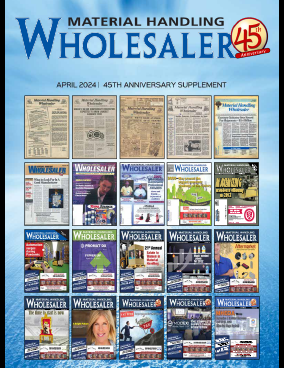Last month, I opened a discussion changing the way a dealer accounts for daily, monthly, and annual financial activity, switching from GAAP accounting to Pre-Tax Profit to a Free Cash Flow model, which reports actual Free Cash Flow available to spend as you see fit.
The bottom line here is that GAAP is geared to help report readers understand how a company conducts its business through GAAP Internal Statements. As you know, GAAP accrues transactions, defers expenses and income, and amortizes expenses over an estimated useful life. Most GAAP rules are understandable, which I agree with, but I have to say that the LEASE ACCOUNTING RULES can drive a person nuts.
Most business owners I know will tell you they have a tough time explaining how their cash flow changes and what amount is available to invest, reduce debt, or pay other liabilities. An FCF statement will provide better input along these lines to help understand cash flow movement.
We will spend more time on this topic and how it may help manage your business. To get started, I created an FCF Template for you to review and gain a better understanding of actual cash flows.

The FCF Template has three sections.
- The internal GAAP Income Statement.
- The Conversion of the GAAP Income Statement into Operating Cash Flow.
- Account for Working Capital changes and CapX items paid for.
When we finalize the three sections, we have a balance that includes both balance sheet and income statement adjustments, which make up Free Cash Flow. This helps avoid overspending and, at the same time, indicates what you have available to spend without developing a cash flow problem.
Information every CEO needs to know.
Review the CAPX notes. Most companies will not include long-term note payments in these calculations. Instead, you have an ending figure that indicates what is available to make long-term note payments. Items actually purchased during the year are included in the calculation, as you can see in Section 3.
Companies are starting to use this method because FCF is becoming the standard for valuing an M&A target, rather than using EBITDA multiples.
The other topic I plan to explore is converting management reports using FCF data instead of GAAP results. It should be fun.
About the Columnist:
Garry Bartecki is a CPA and MBA with GB Financial Services LLC, and a Wholesaler columnist since August 1993. E-mail editorial@mhwmag.com to contact Garry.










